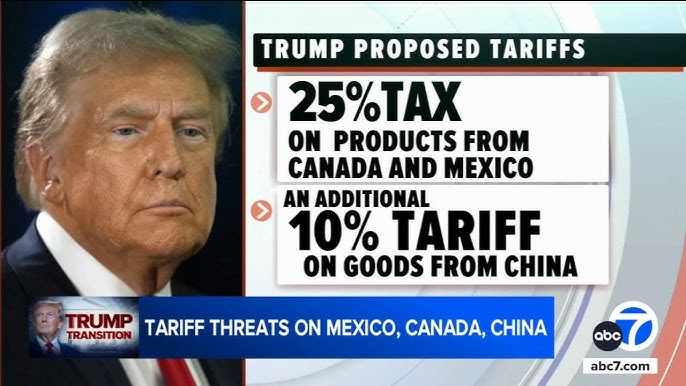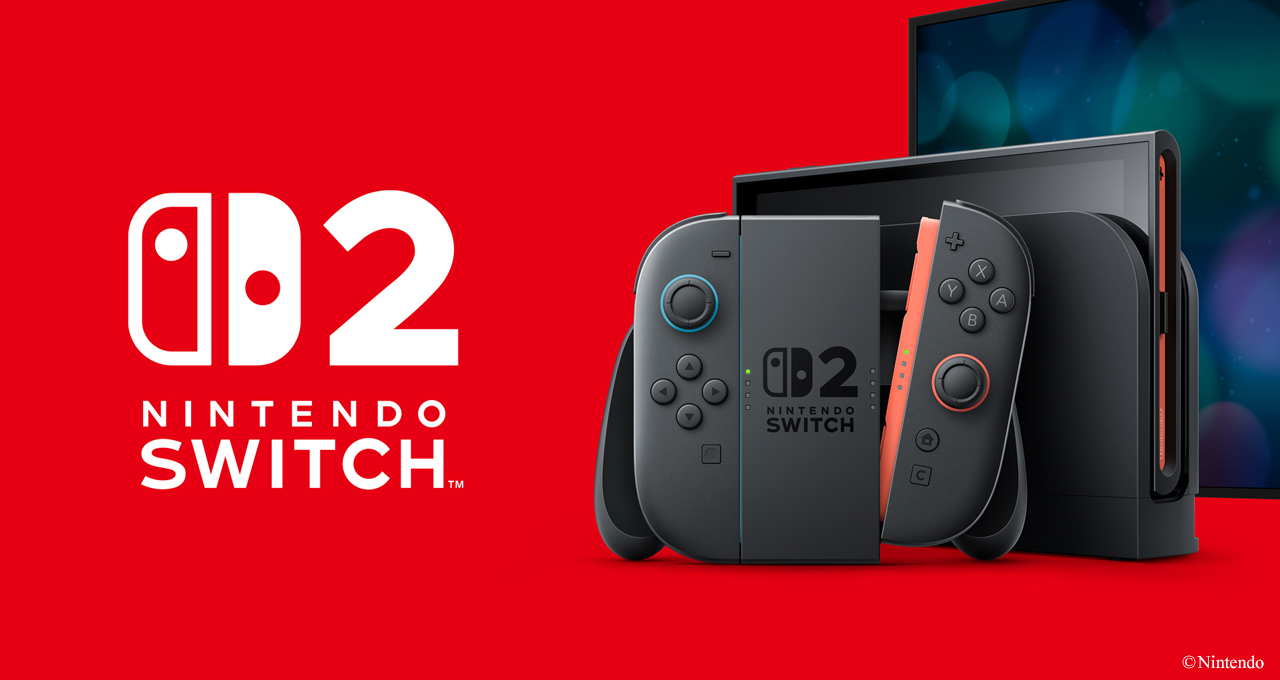Trump’s Top Tariffs for ‘Worst Offenders’ Take Effect: What This Means for Phones and Gadgets in 2025
Introduction: How Trump’s Tariffs Are Shaking the Tech Industry

In 2025, President Donald Trump’s top tariffs on what he calls the ‘worst offenders’ are making waves across industries, especially in the technology sector. These tariffs were implemented as part of the ongoing trade war with China and are having a significant impact on tech products such as phones, tablets, laptops, and gadgets. As tariffs increase, import costs rise, and prices for consumers are expected to follow suit. But what does this really mean for tech enthusiasts, business owners, and shoppers in 2025? Let’s break down the situation and explore how these tariffs will affect the world of smartphones and gadgetry.
A Quick Recap of Trump’s Tariff Strategy
In 2018, the US-China trade war escalated when President Trump implemented tariffs on Chinese goods. His goal was to reduce the US trade deficit with China and address issues such as intellectual property theft and unfair trade practices. Over time, this led to a series of tariffs on a wide range of products, including tech gadgets like smartphones and laptops.
The ‘worst offenders’ label refers to countries that the US government deems guilty of unfair trade practices, primarily targeting China. As of 2025, tariffs on Chinese-made electronics, especially smartphones and gadgets, have become a significant concern for both tech manufacturers and consumers.
What Are the Tariffs on Phones and Gadgets?
Trump’s tariffs impact a wide variety of consumer electronics, but smartphones and gadgets have been at the center of attention. Specifically, these tariffs affect devices such as:
- Smartphones: Both iPhones and Android devices produced in China face steep import duties.
- Tablets and Laptops: Devices like iPads and MacBooks are included in the tariff list, as many of these are manufactured in Chinese factories.
- Accessories and Components: Items such as headphones, chargers, and other tech gadgets also fall under the increased tariffs.
The tariff rate typically varies, but it can add as much as 25% to the cost of these products for American consumers. Manufacturers and distributors often pass these costs on to consumers, leading to higher retail prices.
The Effect on Major Tech Companies
How are tech giants like Apple, Samsung, and Huawei coping with these tariffs?
- Apple: The iPhone maker has long relied on China for its manufacturing, and while some of its devices are now produced in India and Vietnam, the tariffs on Chinese-made iPhones remain a burden. The company may increase prices for consumers to offset rising manufacturing costs.
- Samsung: As another major player, Samsung also faces challenges from tariffs. While it produces phones in multiple countries, many of its smartphone components are still sourced from China, making them susceptible to the same tariff increases.
- Huawei: The Chinese telecommunications giant is directly impacted by tariffs, and its operations have been further strained by US sanctions that block its access to American technology. These tariffs further complicate Huawei’s efforts to expand in the US market.
For these companies, the primary response has been to adjust production strategies, including shifting manufacturing to other countries or absorbing some of the tariff costs internally.
How Tariffs Could Affect Consumers in 2025
As tariffs increase, smartphone prices and gadget prices are expected to rise as well. Here’s what consumers can expect:
- Price Increases: Consumers could see higher prices for devices such as iPhones, Android smartphones, laptops, and tablets.
- Limited Availability: As manufacturers adjust to the tariff situation, there may be delays in production, resulting in lower product availability and longer waiting times for new gadgets.
- Fewer Choices: If companies shift manufacturing away from China, it could impact the variety of smartphone models available, especially flagship models from companies like Apple and Samsung.
In summary, consumers in 2025 will likely face higher costs and fewer options in the smartphone and gadget market due to these tariffs.
Short-Term vs. Long-Term Impact
In the short term, these tariffs will create price volatility in the tech market, especially for consumers looking to buy new devices. However, in the long term, tech companies may adapt by shifting manufacturing and passing the increased costs onto consumers. Here’s what to expect:
- Short-Term Impact: Prices will likely rise, and consumers will see fewer discounts on gadgets. Inventory may also be affected.
- Long-Term Impact: As companies adjust to new tariffs, we may see more production shifts outside of China, potentially stabilizing prices in the long run. However, the price hike for premium devices may remain.
Why the US is Targeting China
The main reason for targeting China is the trade imbalance and the belief that China engages in unfair trade practices, including intellectual property theft and unfair subsidies to its domestic industries. Additionally, the US wants to reduce dependence on Chinese-made goods, especially in critical industries like technology. These tariffs are seen as a way to encourage China to engage in more equitable trade practices.
The Economic Consequences of Trump’s Tariffs on Technology
The global tech economy is highly interconnected, and the US-China trade war has far-reaching consequences for businesses and consumers alike. Here’s how these tariffs impact the broader tech ecosystem:
- Increased Costs: Higher costs for manufacturers translate into higher costs for consumers.
- Disrupted Supply Chains: Tariffs disrupt established supply chains, forcing companies to seek alternative sourcing and manufacturing solutions.
- Rising Research and Development Costs: As tariffs affect manufacturing, research and development budgets for tech companies may be impacted, leading to delayed innovation.
Alternative Solutions and How Companies Are Coping
To mitigate the impact of tariffs, tech companies are employing several strategies:
- Diversifying Manufacturing Locations: Companies like Apple are increasing production in countries like India and Vietnam to reduce reliance on China.
- Automating Production: Companies are investing in more automation to lower manufacturing costs.
- Raising Prices: In some cases, companies are simply passing the higher costs to consumers, leading to increased retail prices for gadgets.
Price Increases: A Necessary Evil or A Misstep?
Many consumers are questioning whether the price hikes resulting from tariffs are a necessary evil or a misstep by companies. On one hand, the higher costs of manufacturing due to tariffs are a reality for companies. On the other hand, many feel that these price increases are passed on without much consideration for the consumer impact.
Read Also Don’t Buy a Smartphone Until You See These! Here Are 8 Must-See Budget Smartphones Under ₦200,000
Consumer Reactions and Potential Backlash
The reality is that consumers will likely push back against higher prices. Smartphone users and gadget enthusiasts may seek alternative brands or hold off on upgrading their devices altogether. Companies will need to strike a balance between absorbing costs and keeping prices competitive.
What Tech Consumers Can Expect in 2025
In 2025, tech consumers will have to adapt to the new reality of higher prices and limited availability of gadgets. As companies adjust to tariffs, we might see:
- Fewer budget-friendly devices
- Increased interest in affordable alternatives from brands outside of the tariff zones
- More focus on value for money when purchasing gadgets
The Future of Trade Wars and Technology in a Post-Tariff World
Looking ahead, we expect that trade negotiations will continue to shape the global tech market. Companies will need to navigate these changes and adapt to new economic realities, while consumers may have to adjust to the higher cost of ownership for devices in the short term.
Conclusion
Trump’s tariffs on ‘worst offenders’ have left a significant mark on the tech industry, particularly in the realm of phones and gadgets. As companies adjust to these changes, consumers will inevitably face higher prices and fewer options in the market. However, with evolving strategies and the possibility of shifts in manufacturing, there may be hope for a more stable market in the future.
Read Also There is no new iPhone in Nigeria; The Truth Behind iPhone Availability currently
FAQs
- What are Trump’s top tariffs on phones and gadgets?
- Trump’s tariffs primarily target electronics manufactured in China, including smartphones, laptops, tablets, and accessories.
- How will tariffs affect phone prices in 2025?
- The prices for smartphones are likely to rise due to higher import costs and manufacturing expenses caused by tariffs.
- Will consumers have fewer phone options due to tariffs?
- Yes, limited production and higher prices may lead to fewer choices, especially for premium models.
- Are companies like Apple shifting production to avoid tariffs?
- Yes, Apple and other companies are diversifying production in countries like India to mitigate tariff impacts.
- How can consumers save money on gadgets affected by tariffs?
- Consumers may consider purchasing older models, looking for discounts, or exploring alternative brands that aren’t affected by tariffs.




